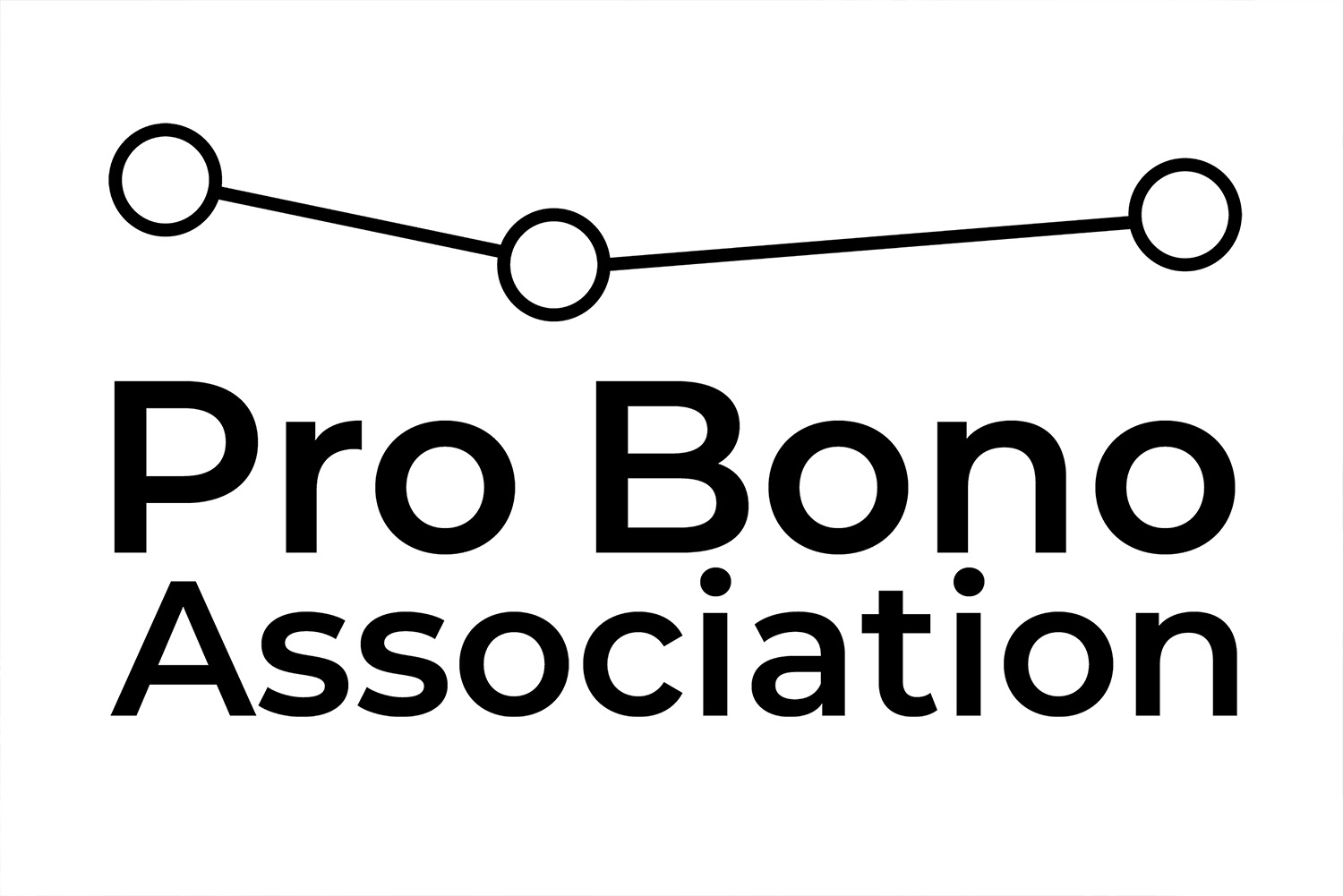
With 2020 nearly behind us, every income source is under pressure. The emergency funds have come and gone. Austerity measures and ramifications of the pandemic mean there will be a smaller pot of funding available from central and local government, causing a greater level of competition for grant funding and donations of all kinds.
If competition for funds increase, then all funding relationships become less secure, meaning that relying on one income source to keep an organisation running can be risky. This can result in significant changes for organisations should another charity pip it to the post in the next round of applications. This is why, exploring diverse income streams can be timely if your charity wants to safeguard its services for the public, and is something that often comes up in projects on the Pilotlight 360 for Weston Charity Award winners.
Pandemic aftermath
Some learning needs to come out of the pandemic. There is no one charity experience that applies to all, but it is notable that many charities with diverse income streams were hit hardest. This has been especially so for those with traded income, such as arts organisations and community venues. Does this mark the end of the love affair with social enterprise? Is it time to call a halt on work to diversify income streams? The answer is no.
Firstly, charities need to look for income wherever it may come from. Any income, as long as it is tied to the purpose of the charity and is well managed, will be of critical importance in the period ahead. For some, it may be a matter of survival.
Secondly, looking for diverse income streams makes sense when your traditional sources of income are under pressure. We know that most research shows that charitable giving is down, with many organisations reporting drops in direct debit income over the summer. Of course, there are exceptions. So whether charities have lost income from trade or are at risk of losing direct debit donations, it's imperative to consider alternative income methods.
What could ‘income diversity’ look like?
A secure and diverse set of income streams can look different for every organisation. As a rule of thumb, it could mean that no one income source accounts for more than 25% of an organisation’s income.
This could mean that a charity’s income is spread across several different types of sources, including grants from charitable trusts, donations from the public or corporates, contract income from local authorities or earned income from trading. It could also mean that a charity focuses on just one of these, with several different funding relationships within a particular area. This will depend on the strengths, services and area of operation of the organisation.
How does this work in practice?
For one of our partner charities, their current income split looks like this:

This charity has a strong, reliable source of income in its contracts and a good track record of success in grant applications, which account for around 32% and 23% respectively of its overall income each year. Despite tough times, this charity has ambitions to increase its service delivery significantly, which will require a large increase in income. To do this, it is exploring two key areas:
- With a good history of success in building positive, lasting and lucrative relationships with corporates, how can the charity increase its income in this avenue? Could it develop its current partnerships further, or build additional new ones?
- Having an innovative and energetic team, what new and creative ways could the charity earn its own income? How could it use its own, or its partners, skills and knowledge to start trading?
Whilst working together with a team of Pilotlighters, this charity is exploring the steps to take to answer these two questions, with a view to increasing its overall income and creating greater diversity in its sources.
Top tips on income diversification
If you’re a charity leader currently reviewing your charity’s incomes streams, here are some things to think about:
- Know your charity! What are you good at and who do you know?
- Know the market - keep an eye out for new opportunities and share knowledge with other organisations.
- Plan – charity leadership teams should regularly be reviewing and risk assessing current income sources and proactively planning for the next steps.
If you need further help and coaching through this why not apply to us for support?

Free pro bono support for charities and social enterprises
Partner with our experts to do more for your world.

More tips for charity leaders
Maximising your corporate partnership opportunities
In this blog, we explore ways to revitalise your existing corporate contact list and start building more fruitful, mutually beneficial partnerships.
Simplified access to free support for small charities
A new initiative to make it easier for small charities to access free professional support is being launched on Friday 23 June, during Small Charity Week by 18 organisations offering skilled volunteering, all members of the UK Pro Bono Association.
Every Charity Needs: Diverse Income Streams
A secure and diverse set of income streams can look different for every organisation. As a rule of thumb, it could mean that no one income source accounts for more than 25% of an organisation’s income.
Every Charity Needs: A Supported and Challenged CEO
At Pilotlight, we advocate that a CEO is both supported and challenged by their organisations, and that this combination is crucial to the charity’s smooth running.
Creating better charity boards
Governance can be a challenge for charities. It's also often the key to the door that needs to be unlocked before a charity can get to the next stage in its development. Each board faces individual challenges, but over time, we have seen certain trends emerge when exploring the governance of an organisation.

Charity Leadership
Charity leadership goes beyond just managing an organisation. It involves fostering innovation, building relationships, and creating sustainable solutions, all underpinned and led by life-affirming values and a deep sense of purpose.




